How the relay works
A relay is a switch that opens and closes a circuit by electromechanical or electronic means. The relay controls one circuit by opening and closing the contacts in another circuit.
As shown in the relay diagram, when the relay contact is normally open (NO), if the relay is not energized, the contact is disconnected. When the relay contact is normally closed (NC), if the relay is not energized, the contact is closed.
In either case, applying current to the contact changes its state.
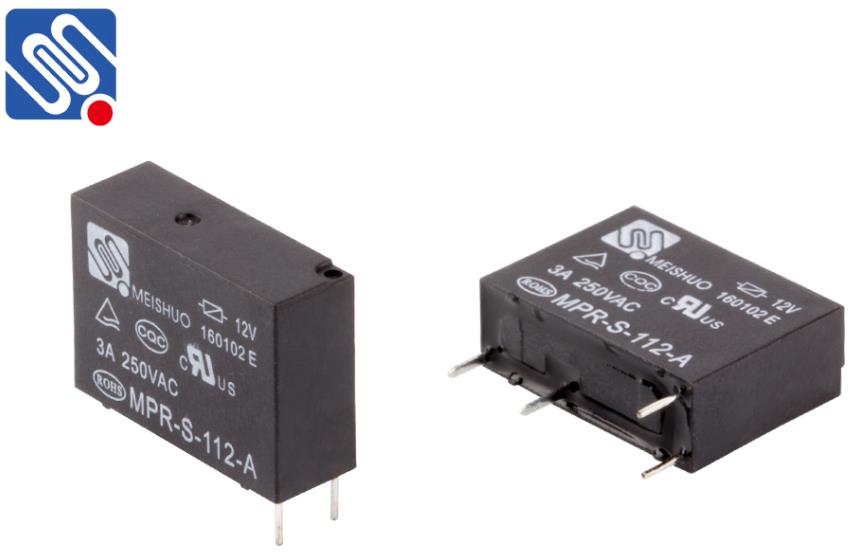
Relays are usually used to switch small currents in the control circuit, except for small motors and solenoid valves that consume low amperage, and usually do not control power-consuming devices.
However, the relay can "control" larger voltages and amperes by having an amplifying effect, because a small voltage applied to the relay coil may cause a large voltage to be switched by the contacts.
The protection relay can prevent equipment damage by detecting electrical abnormalities (including overcurrent, undercurrent, overload and reverse current).
In addition, relays are also widely used to switch starting coils, heating elements, indicator lights and sound alarms.



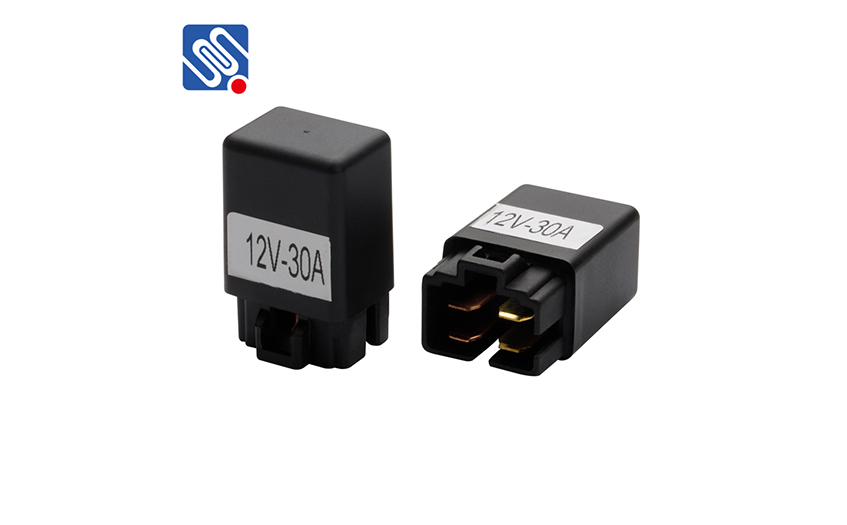
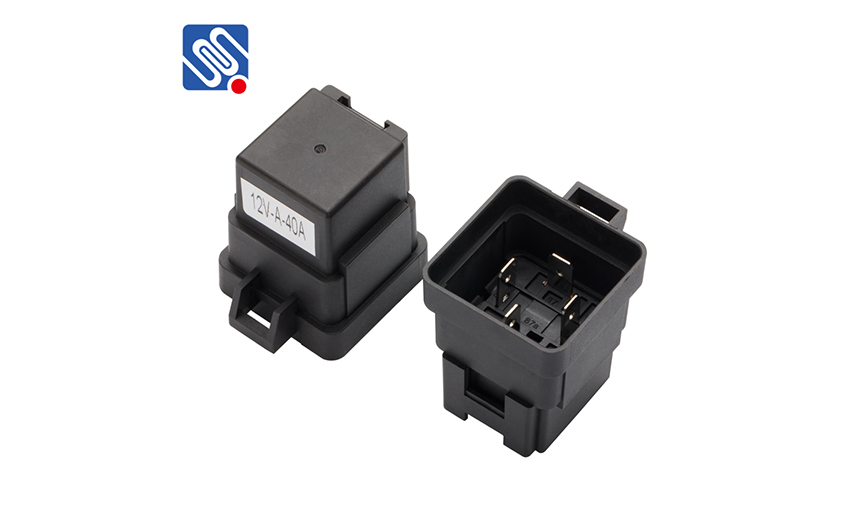
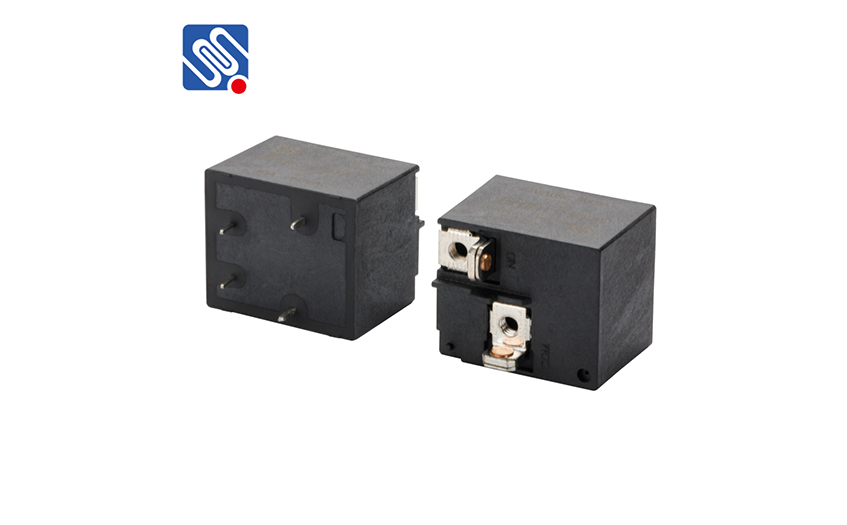
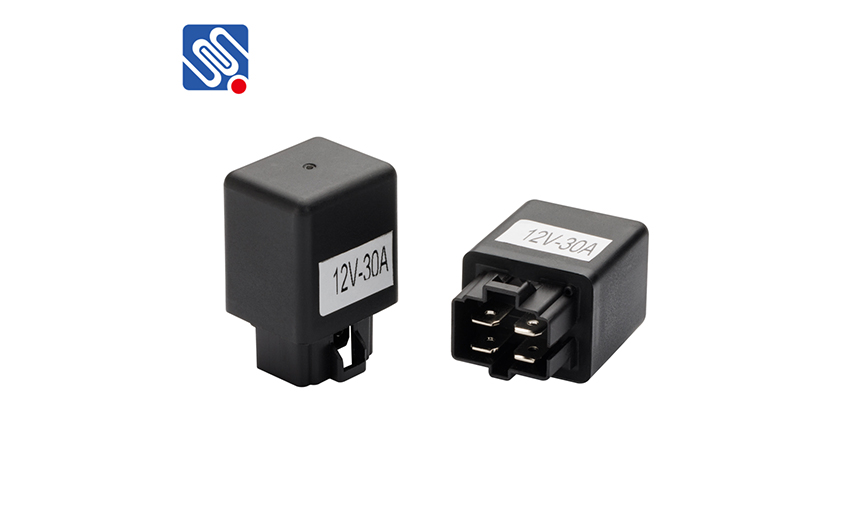
 selena
selena  sales@msrelay.com
sales@msrelay.com 13968707033
13968707033
 +86-577-62518811
+86-577-62518811





